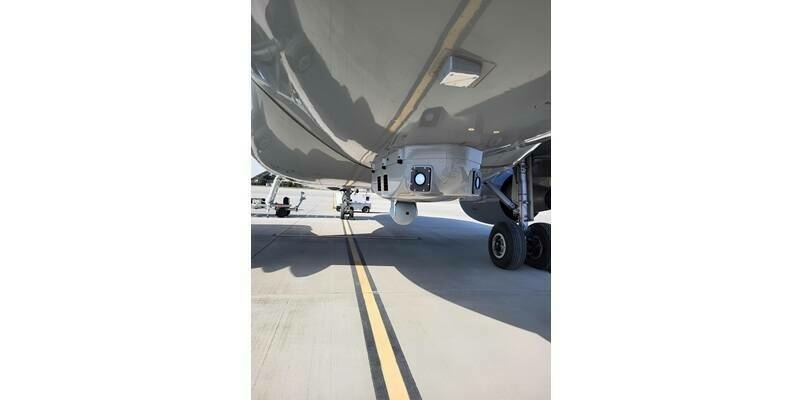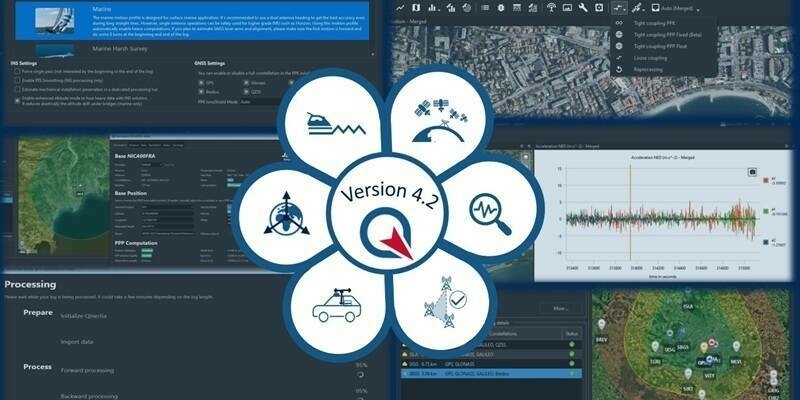Workload Modeller operates on historic data about when and where incidents have occurred in a fire service, and relates this to the constraints under which the service has to operate. It allows a fire service to explore the likely impact of making changes to resourcing strategies such as closing, relocating and merging stations, and changing the mix and location of vehicles. Because simulation modelling is carried out against real historic performance data, analysts can be confident in the realism of the outcomes: they are based on a fire service’s own track records of performance. With the new release of Workload Modeller, Cadcorp has endeavoured to build upon this realism, by incorporating new features and capabilities suggested by its users.
An example of this is a new facility to take account of availability. It does so by modelling the likelihood of an appliance being unavailable at a particular station within a particular time period. This feature allows Fire Services with retained stations to factor the percentage of availability into the model.
Since the level of confidence in modelling outcomes increases with the number of scenarios simulated, Cadcorp has introduced a new batch processing capability. Location-allocation modelling which is at the heart of Workload Modeller can be CPU-intensive. The new release of Workload Modeller, lets an analyst set up multiple scenarios as a batch and set them to run overnight if necessary.
Workload Modeller uses GIS technology and algorithms not only in simulating outcomes but also in providing business intelligence tools to help analyse and investigate outcomes. To this end the new version includes more logging capabilities and more visual aids, such as Gannt-style charts depicting the utilisation of appliances throughout the course of day.
“We believe there are advantages in basing resource planning and performance monitoring on a GIS platform”, notes Martin McGarry, managing director at Cadcorp. “Above all it encourages transparency: in the input of historic data and parameters, in simulation modelling itself, and in the analysis of the results. We believe this new release combines this transparency with even more realism.”
Subscribe to our newsletter
Stay updated on the latest technology, innovation product arrivals and exciting offers to your inbox.
Newsletter

